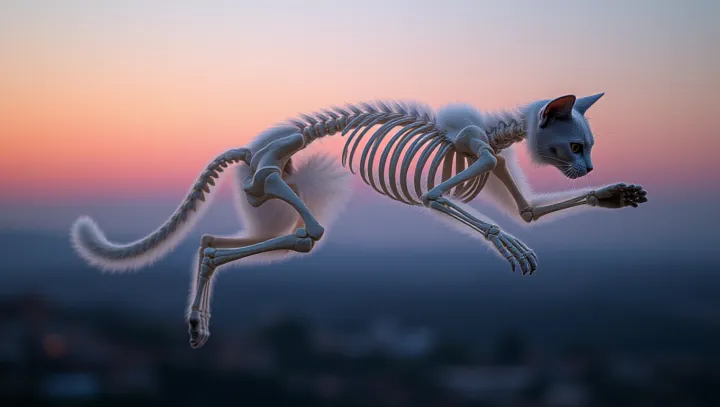Cats: Masters of the Graceful Landing

Recent studies conducted in various veterinary sciences institutions, including the prestigious Felinology Center in Edinburgh, have highlighted an intriguing aspect of feline anatomy. Cats possess a remarkably flexible collar bone, which is considered a key factor in their ability to execute graceful and controlled falls. This unique skeletal feature permits an extraordinary range of motion in their shoulders, making the phenomenon of 'righting reflex' possible.
Experts suggest that this biological design enables cats to twist their bodies mid-air, ensuring that they land on all four paws. As Dr. Emily Feline, a renowned zoologist, explains, 'Cats have evolved an anatomical advantage that allows them to defy typical gravitational effects, showcasing nature's adaptability.' The implications of this discovery extend beyond mere curiosity, as it may influence the design of robotic and prosthetic technologies.
By replicating such anatomical flexibility, engineers aim to enhance artificial movements. Interestingly, this could blend the realms of biology and technology, thus paving new avenues in modern science.
